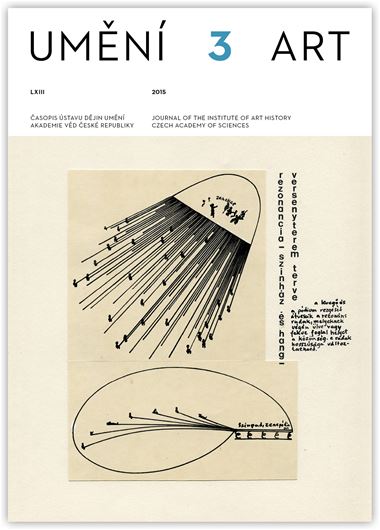James Elkins – Richard Gregor
The Homonymic Curtain
This is a collaborative essay, intended to introduce a new concept to the writing of postwar art history. Richard Gregor has written about the history of Slovakian art in the 1950s and afterward, and he finds that misunderstandings and misinterpretations of art in western and eastern Europe have produced difficulties for understanding concepts like ‘conceptual art’ or ‘pop art.’ His concept, the ‘homonymic curtain,’ describes the form of those misunderstandings. James Elkins is at work on a book on global art history, and he uses a similar idea: the ‘glossary concept’ is a way of redefining terms for each cultural context. In a textbook for example each chapter could begin with a glossary of redefined terms, so they fit the period, practice, nation, region, or historical moment discussed in the chapter. Words like ‘cubism,’ ‘conceptualism,’ ‘avant-garde,’ or ‘formalism’ could be given new definitions for each new context. That way, we thought, it might be possible to remain sensitive to the radical reinterpretations that mark so much of modernism and postmodernism. A chapter on modernism in Chile, for example, might begin with a contextual redefinition of the term cubism, noting that Chile scarcely produced any cubists, and that cubism was understood very differently than it was in France. The chapter might begin by noting how cubism was regarded more as a formal experiment than a necessary move in the avant-garde, and how in the Chilean context it lacked the critical debate that surrounded and supported it in Paris. Readers could be asked to take the word ‘cubism’ in that simpler and more schematic sense for the duration of the chapter. The two concepts, ‘homonymic curtain’ and ‘glossary concept,’ are closely related; in this essay the two authors exchange ideas, and propose solutions for current interpretive problems.
Full-text in the Digital Library of the Czech Academy of Sciences:
https://kramerius.lib.cas.cz/uuid/uuid:10191247-7e7d-4def-bbf8-beda823e5aca
< back

